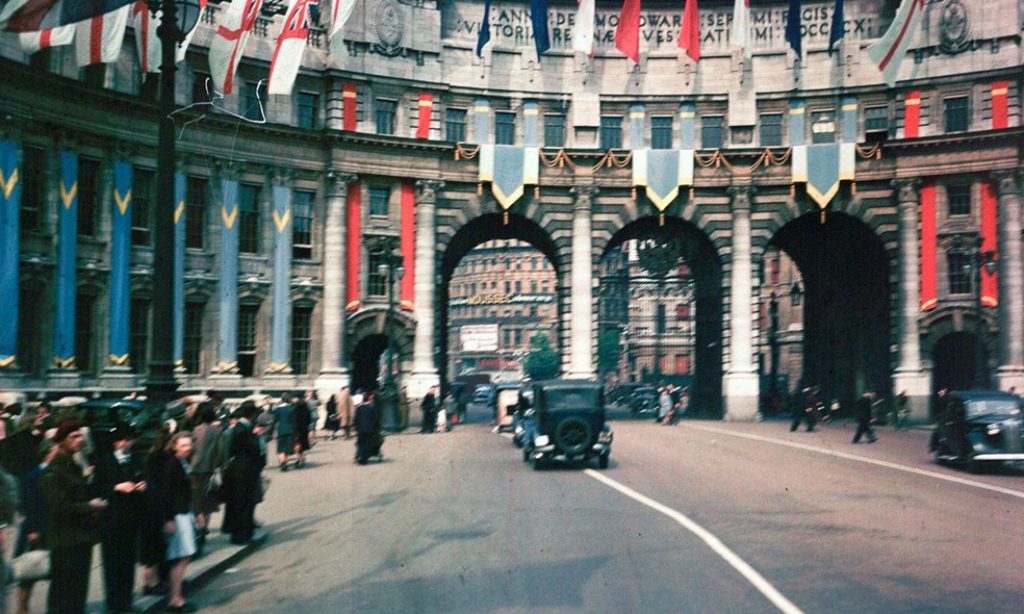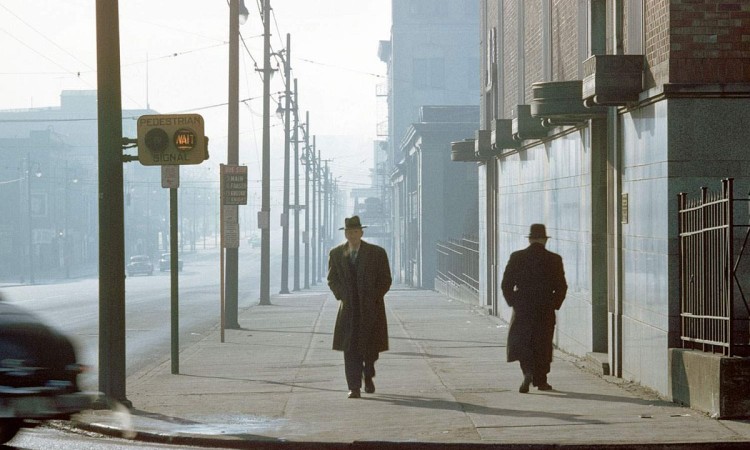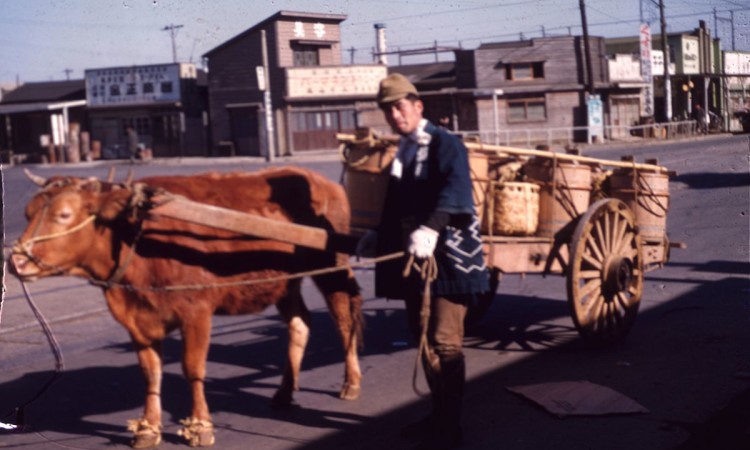Dufaycolor is an early French and British additive color photographic film process for motion pictures and stills photography. It was based on a four-color screen photographic process invented in 1908 by Frenchman Louis Dufay. Dufaycolor worked on the same principles as the Autochrome process, but achieved its result using a slightly different method. The film base was dyed blue, printed with a mosaic using a resistive greasy ink and bleached. The resulting spaces were then dyed green. The process was repeated at an angle, the new spaces being bleached and dyed red, forming a mosaic of color filters consisting of a mesh of red, green and blue lines, at approximately one million color elements per square inch, known as a reseau. When exposed to light through the reseau, the film’s emulsion was exposed to a single color of light. Thus the emulsion behind each color element recorded the tones for each primary color. Upon projection, the reseau served to filter the white projected light, so that the colors of the photograph corresponded to those in the recorded scene; for example, red values were only shown in red. The same principle applied to green and blue components.
During World War II, London, as many other British cities, suffered severe damage, being bombed extensively by the Luftwaffe as a part of The Blitz. Prior to the bombing, hundreds of thousands of children in London were evacuated to the countryside to avoid the bombing. Civilians took shelter from the air raids in underground stations.
The heaviest bombing took place during The Blitz between 7 September 1940 and 10 May 1941. During this period, London was subjected to 71 separate raids receiving over 18,000 tonnes of high explosive. One raid in December 1940, which became known as the Second Great Fire of London, saw a firestorm engulf much of the City of London and destroy many historic buildings. St Paul’s Cathedral, however, remained unscathed; a photograph showing the Cathedral shrouded in smoke became a famous image of the war.
Having failed to defeat Britain, Hitler turned his attention to the Eastern front and regular bombing raids ceased. They began again, but on a smaller scale with the “Little Blitz” in early 1944. Towards the end of the war, during 1944/45 London again came under heavy attack by pilotless V-1 flying bombs and V-2 rockets, which were fired from Nazi occupied Europe. These attacks only came to an end when their launch sites were captured by advancing Allied forces.
London suffered severe damage and heavy casualties, the worst hit part being the Docklands area. By the war’s end, just under 30,000 Londoners had been killed by the bombing, and over 50,000 seriously injured, tens of thousands of buildings were destroyed, and hundreds of thousands of people were made homeless.
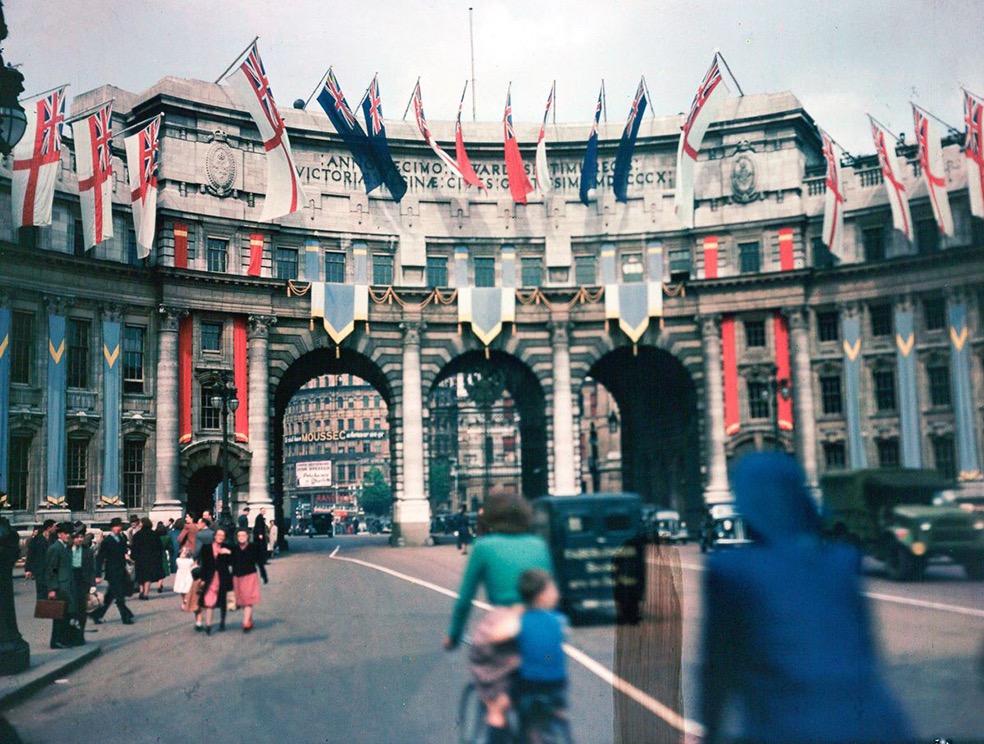
Photo: SSPL / Getty Images / Mashable

Photo: SSPL / Getty Images / Mashable
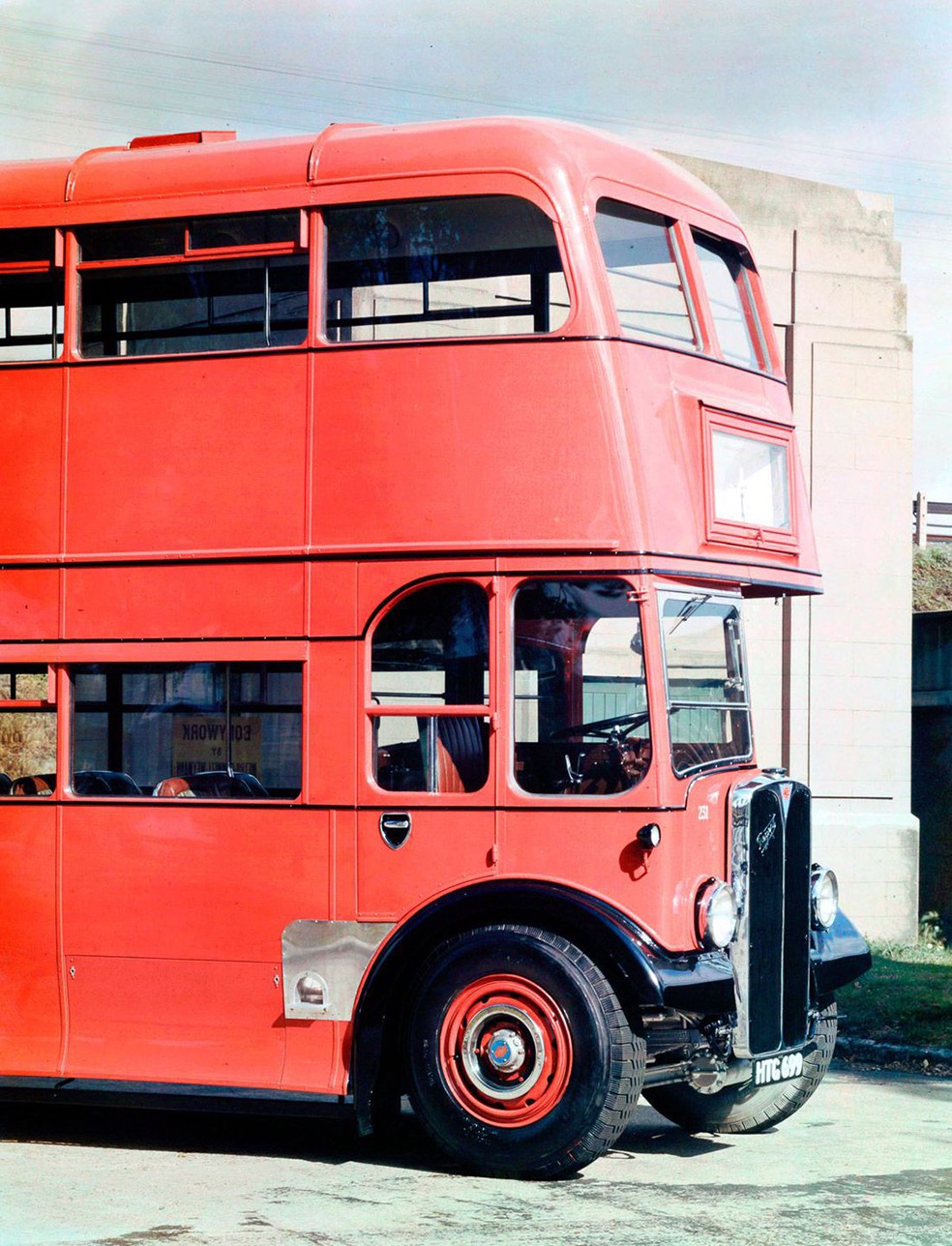
Photo: SSPL / Getty Images / Mashable
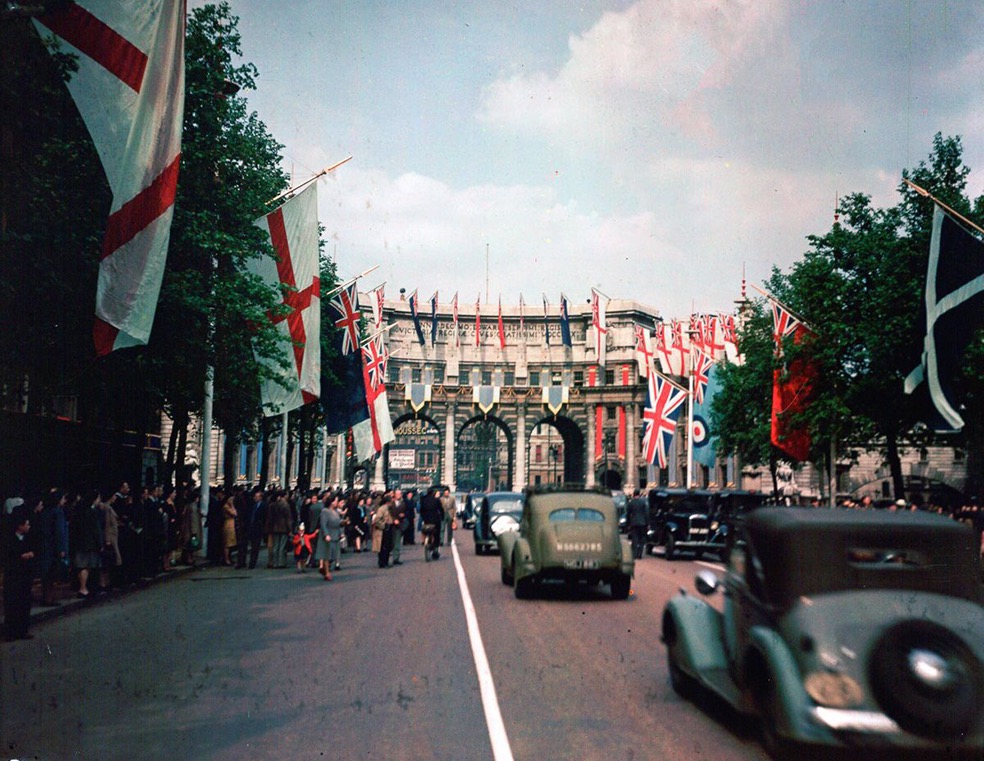
Photo: SSPL / Getty Images / Mashable
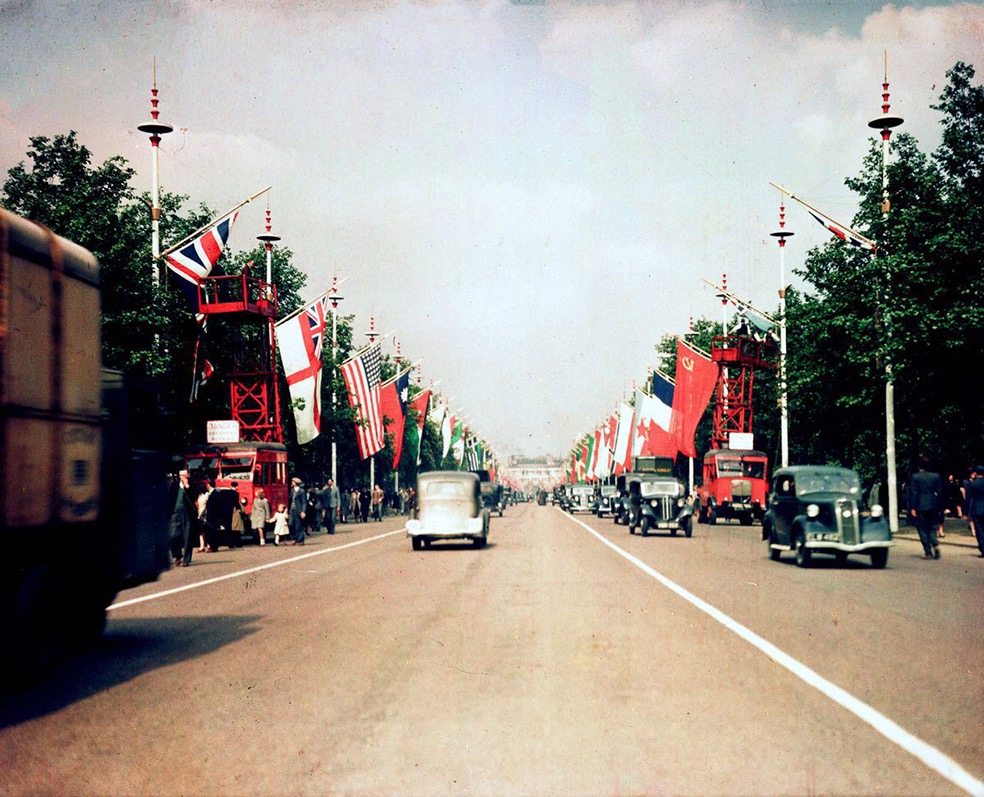
Photo: SSPL / Getty Images / Mashable
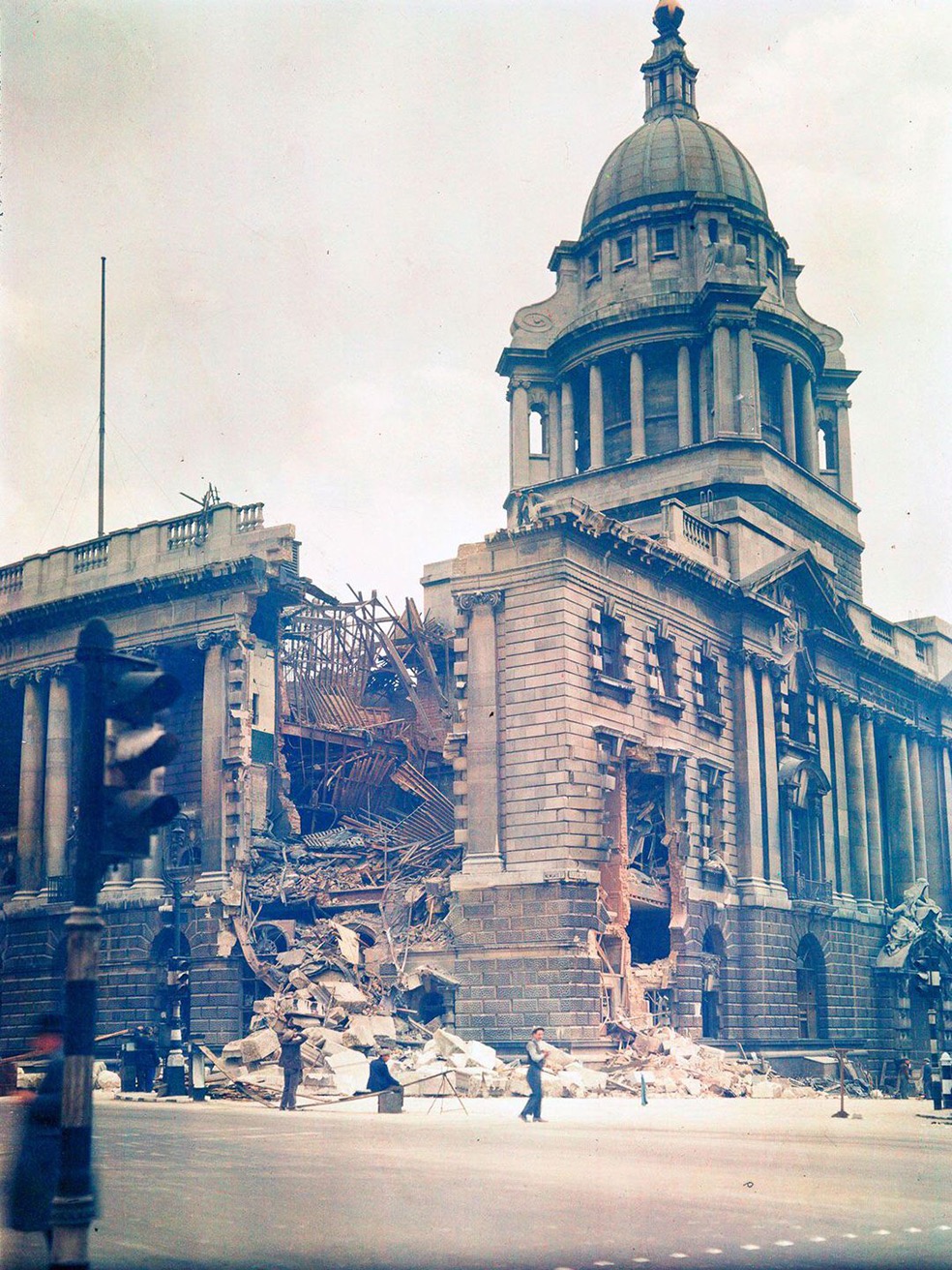
Photo: SSPL / Getty Images / Mashable
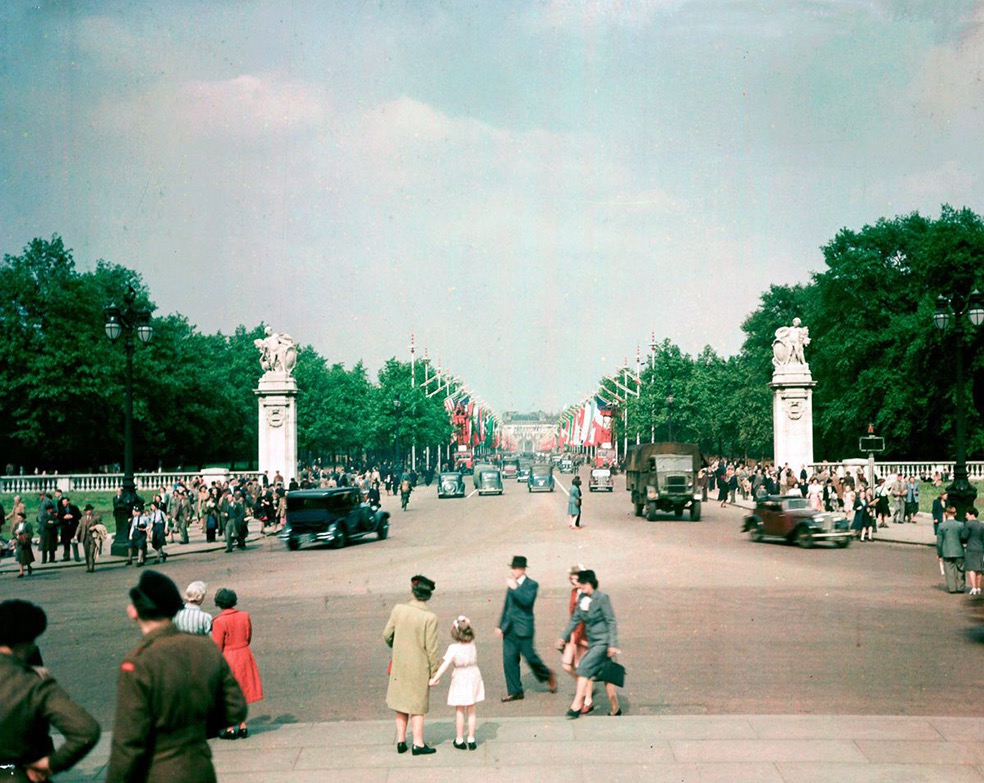
Photo: SSPL / Getty Images / Mashable
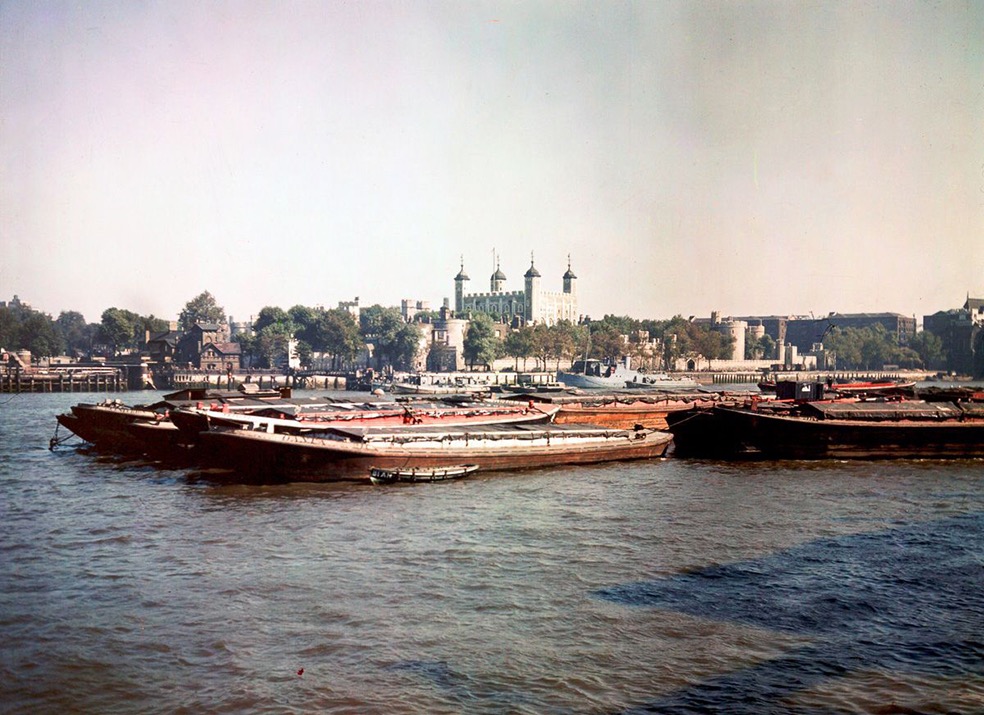
Photo: SSPL / Getty Images / Mashable

Photo: SSPL / Getty Images / Mashable
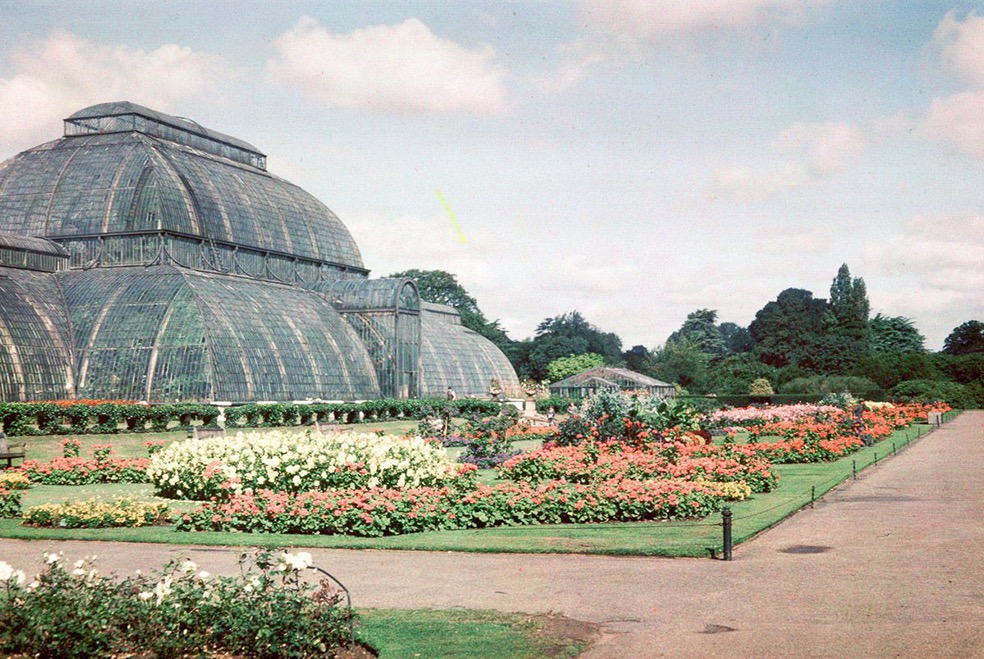
Photo: SSPL / Getty Images / Mashable
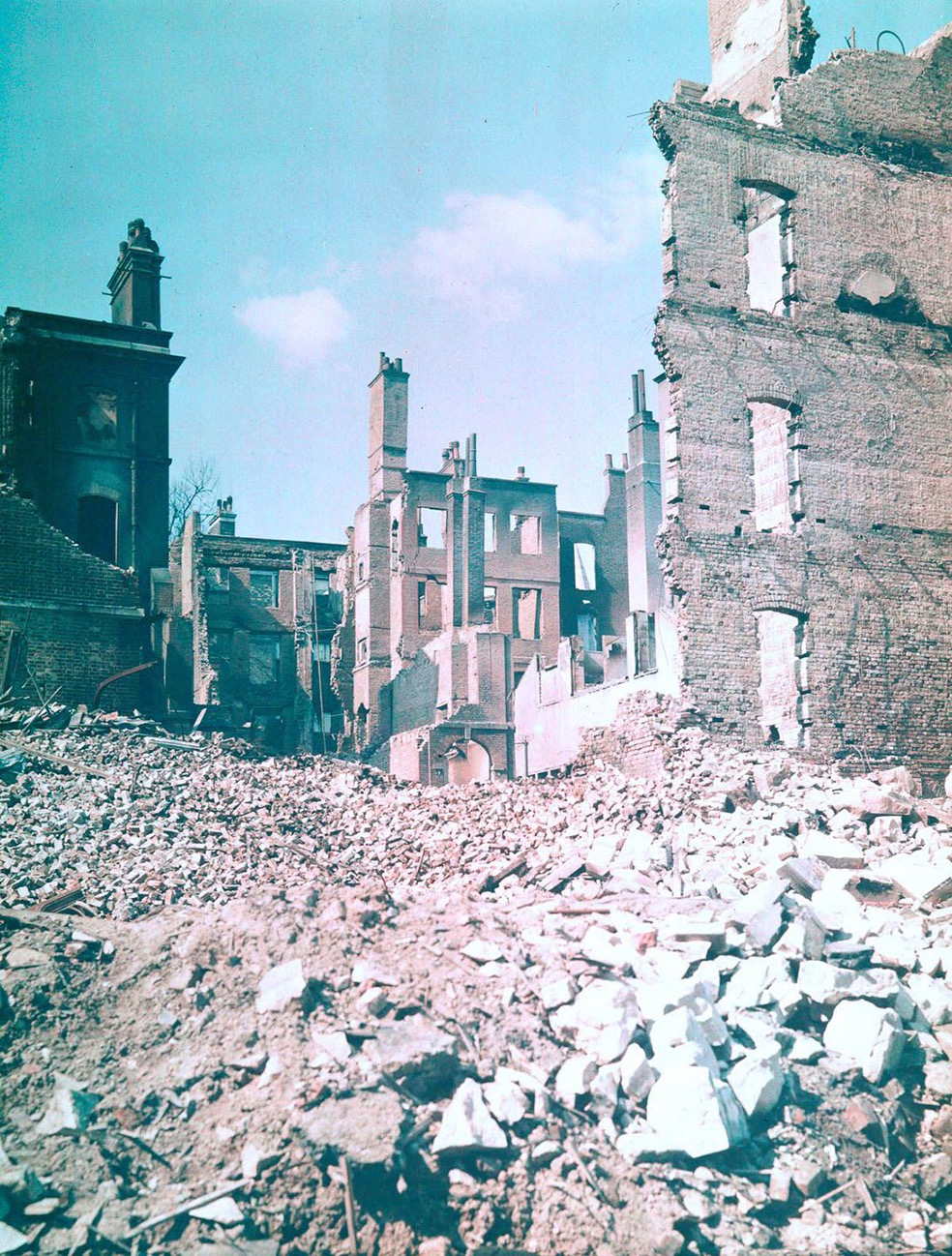
Photo: SSPL / Getty Images / Mashable
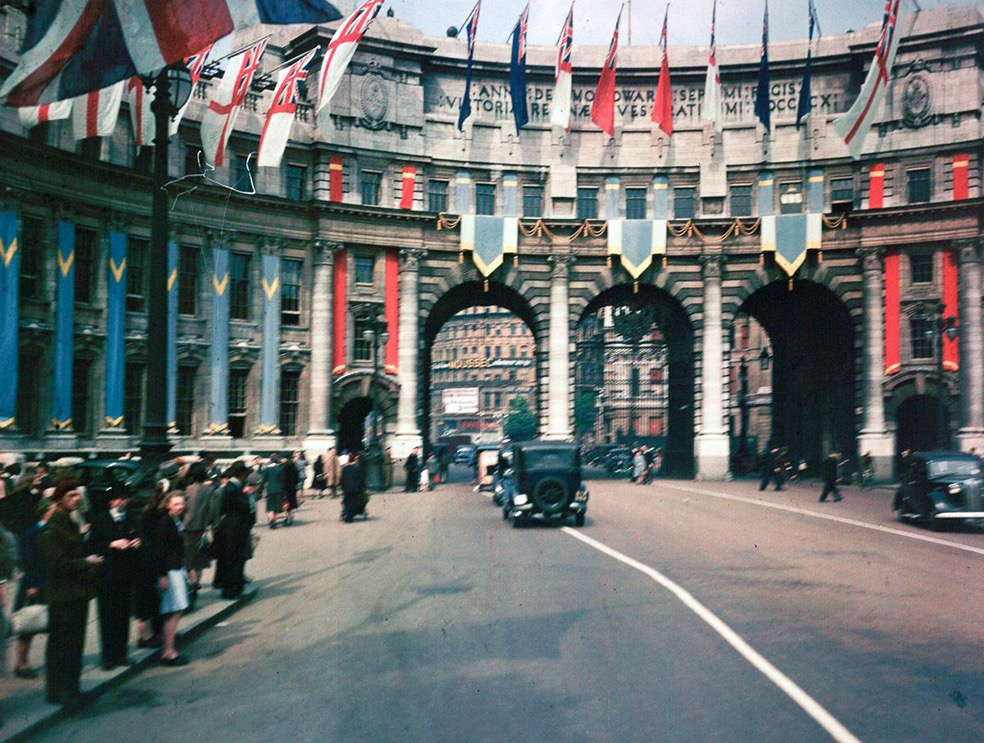
Photo: SSPL / Getty Images / Mashable
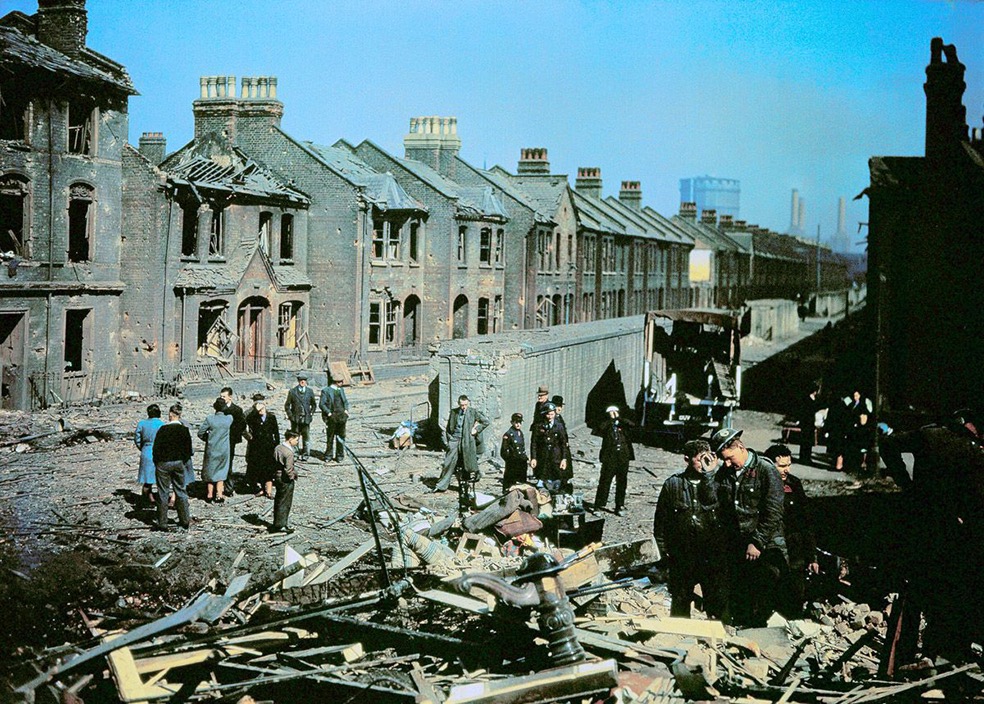
Photo: SSPL / Getty Images / Mashable
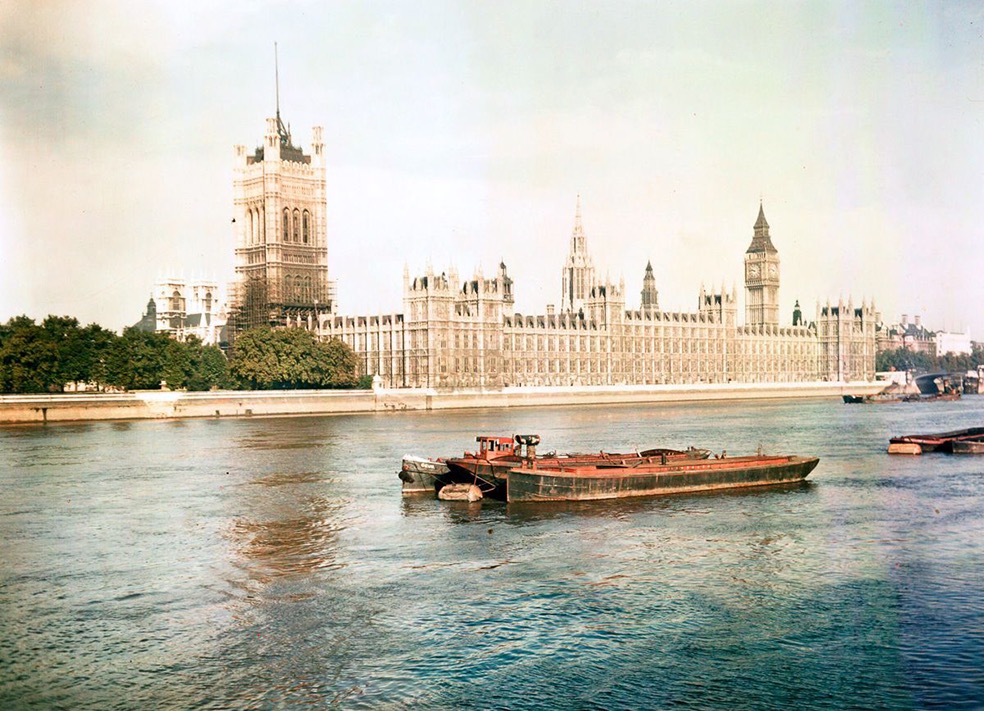
Photo: SSPL / Getty Images / Mashable
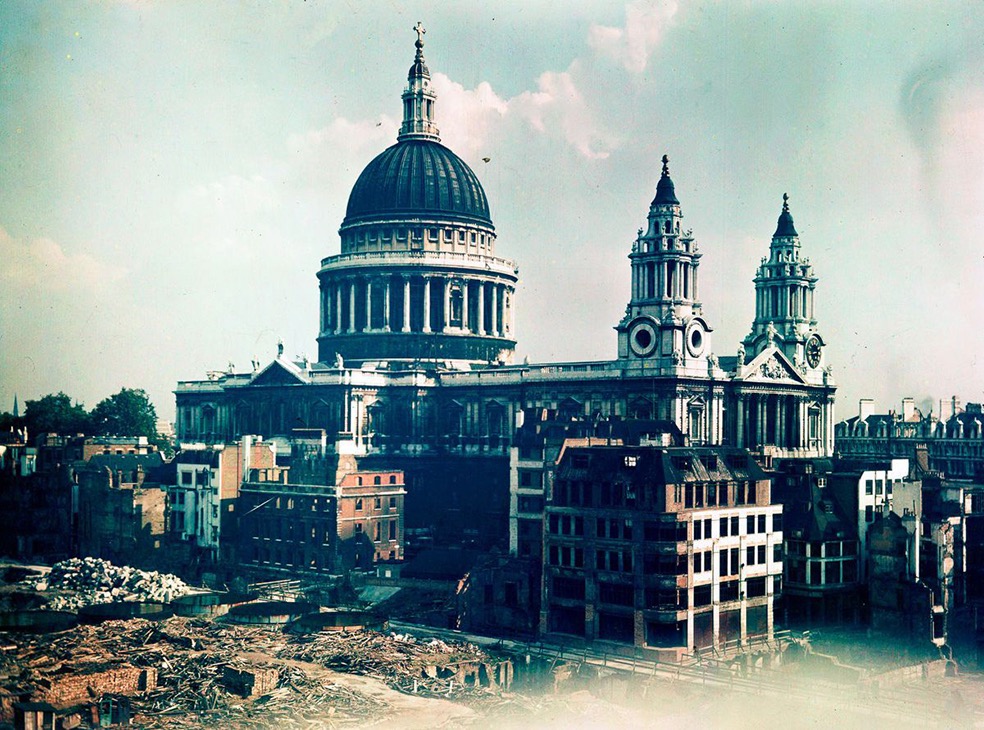
Photo: SSPL / Getty Images / Mashable

